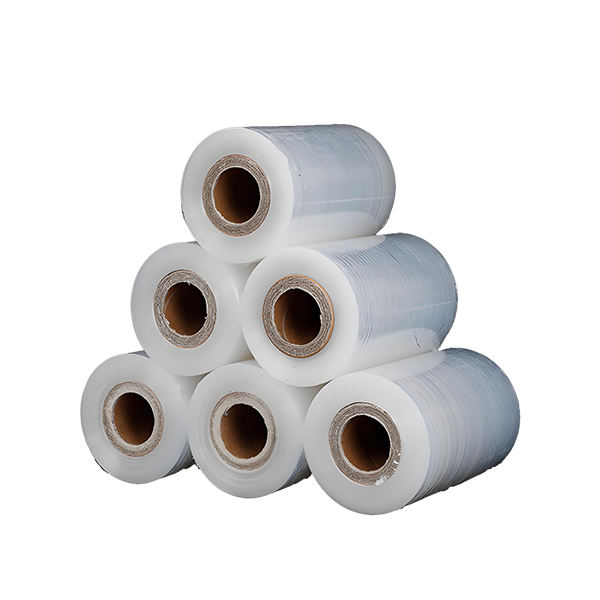Unwrapping the Risks: Understanding the Health Implications of Food Packaging
In our modern world, food packaging is an integral part of the food supply chain, serving not only as a means of preserving freshness but also as a marketing tool. However, beneath the convenience and aesthetic appeal of food packaging lies a complex web of health risks that consumers often overlook. This article delves into the various health risks associated with food packaging, exploring the materials used, potential chemical leaching, and the implications for long-term health.
The Materials Behind Food Packaging
Food packaging is made from a variety of materials, each with its own set of properties and potential health risks. Common materials include:
- Plastics: Widely used for their lightweight and durable nature, plastics can contain harmful chemicals such as bisphenol A (BPA) and phthalates. These substances are known endocrine disruptors, which can interfere with hormonal balance and have been linked to reproductive issues, obesity, and certain cancers.
- Metals: Aluminum and tin are commonly used in food cans. While they provide a barrier against light and oxygen, they can also leach into food, especially when exposed to acidic or high-temperature contents. Concerns about aluminum exposure have been raised in relation to neurodegenerative diseases, including Alzheimer's.
- Glass: Although glass is generally considered a safer option due to its inert nature, it can still pose risks if it is not properly manufactured. Contaminants from the glass-making process, such as lead, can leach into food, particularly in older glass containers.
- Paper and Cardboard: Often treated with chemicals to enhance durability and moisture resistance, these materials can contain per- and polyfluoroalkyl substances (PFAS), which are linked to various health issues, including cancer and liver damage.
Chemical Leaching: A Hidden Danger
One of the most significant health risks associated with food packaging is the leaching of chemicals into food. Factors that influence this process include:
- Temperature: Heating food in plastic containers, especially in microwaves, can increase the likelihood of chemical leaching. Studies have shown that high temperatures can cause plastics to break down, releasing harmful substances into the food.
- Fat Content: Fatty foods are more likely to absorb chemicals from packaging. For instance, studies have indicated that fatty foods packaged in plastic can have higher levels of BPA and phthalates.
- Storage Duration: The longer food is stored in packaging, the greater the risk of chemical migration. This is particularly concerning for processed foods that may sit on shelves for extended periods.
Long-Term Health Implications
The cumulative effects of exposure to harmful chemicals from food packaging can be profound. Research has linked long-term exposure to these substances with a range of health issues, including:
- Endocrine Disruption: Chemicals like BPA and phthalates can mimic hormones in the body, leading to reproductive health problems, developmental issues in children, and increased risk of hormone-related cancers.
- Metabolic Disorders: Studies suggest a correlation between exposure to certain food packaging chemicals and obesity, insulin resistance, and metabolic syndrome.
- Neurological Effects: Emerging research indicates that prolonged exposure to heavy metals, such as those found in some food packaging, may contribute to cognitive decline and neurodegenerative diseases.
Mitigating the Risks
While the health risks associated with food packaging are concerning, there are several strategies consumers can adopt to mitigate these risks:
- Choose Safer Packaging: Opt for products packaged in glass, stainless steel, or BPA-free plastics. Look for brands that prioritize sustainable and safe packaging materials.
- Avoid Heating in Plastic: Refrain from microwaving food in plastic containers. Instead, transfer food to glass or ceramic dishes before heating.
- Be Mindful of Processed Foods: Limit the consumption of highly processed foods, which are often packaged in materials that pose higher risks of chemical leaching.
- Stay Informed: Educate yourself about the materials used in food packaging and advocate for transparency from food manufacturers regarding their packaging practices.
Conclusion
As consumers, it is essential to be aware of the health risks associated with food packaging. By understanding the materials used, the potential for chemical leaching, and the long-term health implications, individuals can make informed choices that prioritize their health. While the convenience of packaged foods is undeniable, being proactive about the risks can lead to healthier eating habits and a safer food environment. As the conversation around food safety continues to evolve, it is crucial to advocate for better regulations and practices in food packaging to protect public health.



